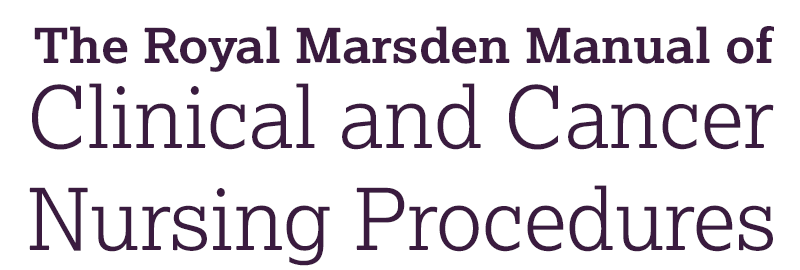Chapter 13: Diagnostic tests
Skip chapter table of contents and go to main content
Pre‐procedural considerations
Equipment
Most blood culture systems involve two collection bottles. Both bottles contain a particular medium that provides an optimal environment for bacterial growth. One bottle contains oxygen in the space above the medium for aerobic or oxygen‐requiring bacteria and the other is suitable for anaerobic bacteria not requiring oxygen. The aerobic bottle should be filled first to avoid oxygen entering the anaerobic bottle (PHE [188]).
The use of a needle to decant blood into the culture bottles is now largely redundant due to the wide use of closed, vacuumed blood collection systems (e.g. the Biomérieux BacT/ALERT system, which uses either a holder for venous access device sampling or a Luer adapter safety winged device for peripheral sampling) (see Figure 13.6). This reduces the health and safety risk to the healthcare professional and the risk of culture contamination. Needle‐free or safety systems should be used where possible (HSE [96]).
Volume of blood culture specimen collection
The most important factor that determines the success of a blood culture is the volume of blood processed. A false‐negative result could occur if an insufficient volume is introduced or if too much blood is introduced, due to the culture medium in the bottles being diluted (Higgins [84]). The liquid culture medium is a mixture of nutrients that supports microbial growth and inhibits phagocytosis and lysozyme activity (Shore and Sandoe [228]). This helps to determine whether there are pathogenic micro‐organisms present in the blood. As there are a number of systems in use, the manufacturer's instructions should be followed as to the total volume required for each bottle. Adult patients with clinically significant bacteraemias often have a low number of colony‐forming units per millilitre of blood and a minimum of 10 mL per culture bottle is recommended (Rhodes et al. [206]).
Pharmacological support
Skin preparation products
Poor aseptic technique and skin decontamination can cause contamination of a blood culture with the patient's own skin flora, such as coagulase‐negative staphylococci (Weston [255]). A combination of 2% chlorhexidine gluconate in 70% isopropyl alcohol is recommended as being effective for skin antisepsis (DH [46], Madeo and Barlow [132], NHS England and NHSI [155]). Chlorhexidine gluconate maintains a persistent antimicrobial function by disrupting the cell membrane and precipitating the bacterial cell's contents, while the isopropyl alcohol quickly destroys micro‐organisms by denaturing cell proteins (Inwood [106]). In order to achieve reduction and inhibition of the micro‐organisms living on the skin, gentle friction is required for 30 seconds and the solution should be allowed to dry to achieve good skin antisepsis and to expose the cracks and fissures of the skin to the solution (NHS England and NHSI [155]). The top of each blood culture collection bottle should also be cleaned with 2% chlorhexidine gluconate in 70% isopropyl alcohol (DH [46], Higgins [84]).
Infection related to central venous access devices (CVADs)
A CVAD presents a high risk of infection with an incidence of bacteraemia of between 4% and 8% (PHE [188]). When it is suspected that the CVAD is the source of infection, a blood culture sample should ideally be obtained from each lumen of the vascular device as well as obtaining a peripherally drawn sample (DH [46], Gabriel [63], Rhodes et al. [206]). Adequate hub cleansing with 2% chlorhexidine in 70% isopropyl alcohol is essential in reducing cross‐contamination of the sample (DH [46]).
Blood cultures from a CVAD can identify colonization from either the device itself or the bloodstream. To diagnose CVAD‐related infections, comparison of the time it takes to achieve a positive result from both central and peripheral cultures is recommended (Catton et al. [31]). If a culture from the CVAD is positive much earlier than a culture from the peripheral culture (>2 hours earlier) then it can be assumed that the VAD is the source of the infection with up to 96% sensitivity and 92% specificity (Bouza et al. [20]). Results of such analyses can guide whether removal of the CVAD is indicated. Removal of the central venous catheter is indicated in cases of bacteraemia with a Staphylococcus aureus or Pseudomonas aeruginosa and fungemia.
Procedure guideline 13.6
Blood cultures: peripheral (winged device collection method)
Procedure guideline 13.7





